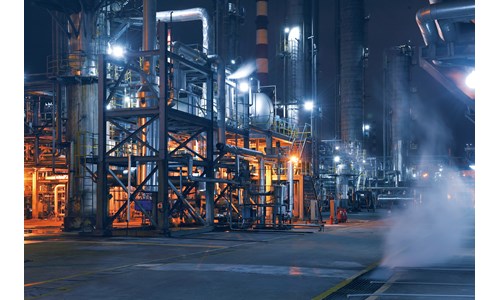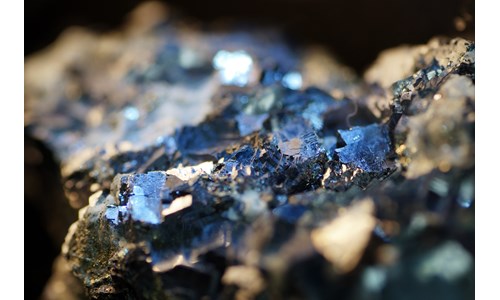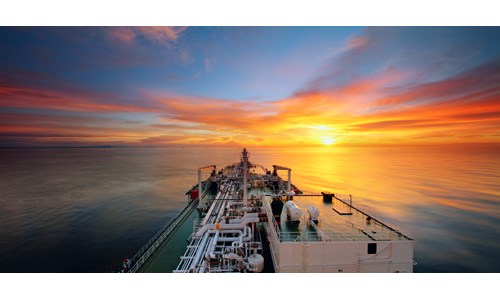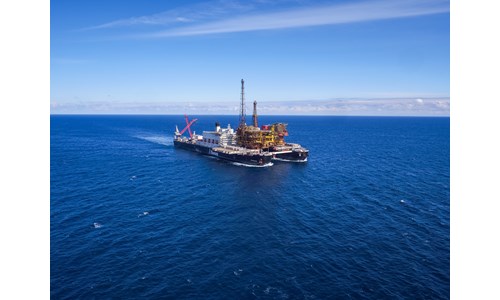How green is an electric vehicle on a well-to-wheel basis?
*Please note that this report only includes an Excel data file if this is indicated in "What's included" below
Product Summary
The rise of electric vehicles (EVs) is crucial in reducing greenhouse gas (GHG) emissions and addressing climate change. With zero tailpipe emissions, EVs appear to be the antithesis to their internal combustion engine (ICE) counterparts. But when the manufacturing and powering of EVs are taken into account, are their credentials as persistently green as many believe?
We unified in-house research and data across upstream, refining, power generation, automotive and battery manufacturing, and developed a simple model to assess and compare the life-cycle GHG emissions of an EV and an ICE car.
Buy this report to find out:
- Which stages in the life of an EV and an ICE car produce the most emissions.
- How much an EV really reduces GHG emissions by, and how this changes depending on the country where it is being driven.
- Where efforts need to focus if EVs are to maintain their current environmental advantage over ICE cars.
How did we make a fair and robust comparison of EV and ICE cars? Aman Verma, research analyst for APAC oils and refining, explains.















